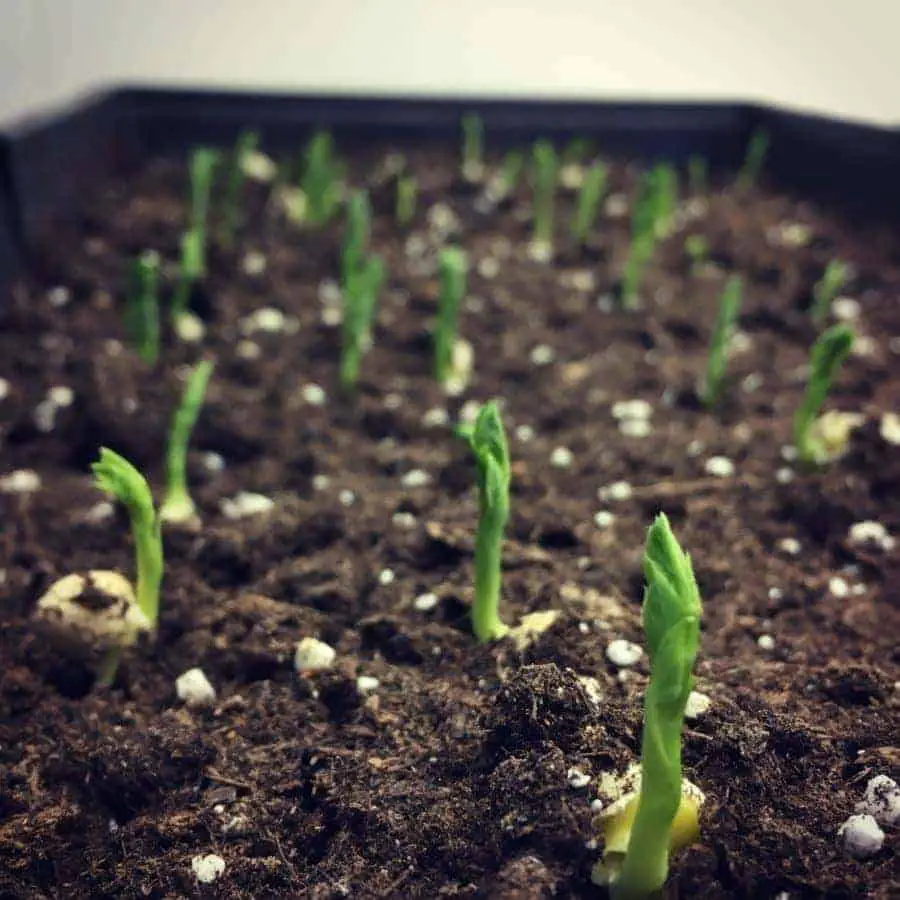
Globally, herbicides are widely used for weed control during pea cultivation, and although instantly effective, overuse of herbicides with similar active ingredients and modes of action is resulting in herbicide resistant weed biotypes and increased production costs. Field pea is a very poor competitor against weeds compared to other crops due to its weak early vigour at the seedling stage. Competition from weeds is one of the major biotic constraints affecting field pea production, which can result in yield loss up to 25%. Like many other agricultural crops, field pea production is critically affected by biotic and abiotic stresses such as weeds, drought and heat. Field pea and other crop legumes annually contribute approximately 5–7 million metric tonnes of biologically fixed nitrogen to cultivated soil, saving farmers $US 8–12 billion on nitrogen fertilizer costs globally. Field pea production brings profit for growers as a cash crop and provides other benefits for the farming systems such as non-cereal crop rotation and biological nitrogen fixation. Of this, about 191,000 metric tonnes are exported with the market value of $A80 million. The Australian field pea industry produces approximately 400,000 metric tonnes of grain annually. Australia is among the 10 largest field pea producing countries, where the crop accounts for 20% of pulse production in South Australia and Victoria, and is the second largest pulse crop grown in Western Australia and third in New South Wales. 11 million metric tonnes produced from 6.9 million hectares of cultivated land.

conceived, designed and supervised the experiments analysed the data and edited the paper.Ĭompeting interests: The authors have declared that no competing interests exist.įield pea ( Pisum sativum L.) is a legume crop that is widely grown around the world with annual production of c. This is an open access article distributed under the terms of the Creative Commons Attribution License, which permits unrestricted use, distribution, and reproduction in any medium, provided the original author and source are credited.ĭata Availability: All relevant data are within the paper and its Supporting Information files.įunding: This research was funded by the Grain Research and Development Corporation ( ). Received: OctoAccepted: NovemPublished: November 19, 2018Ĭopyright: © 2018 Nguyen et al. PLoS ONE 13(11):Įditor: Roberto Papa, Università Politecnica delle Marche, ITALY Overall, our results demonstrated that this robust screening tool is highly applicable and will enable breeding programs to rapidly identify early vigour traits and utilise germplasm to contribute to the genetic improvement of field peas.Ĭitation: Nguyen GN, Norton SL, Rosewarne GM, James LE, Slater AT (2018) Automated phenotyping for early vigour of field pea seedlings in controlled environment by colour imaging technology.
#Pea seedlings trial
High correlation between normalised difference vegetation indices captured from the field trial and estimated shoot biomass and top-view area confirmed the consistent performance of early vigour field pea genotypes under controlled and field environments. Further analysis suggested that the estimated plant parameters collected at the linear growth phase can effectively differentiate early vigour across field pea genotypes. Plant growth analysis demonstrated that the “broken-stick” model fitted well with the growth pattern of all field pea genotypes and can be used to determine the linear growth phase.

High correlation between estimated plant parameters derived from the automated phenotyping platform and important early vigour traits such as shoot biomass, leaf area and plant height indicated that the derived plant parameters can be used to predict vigour traits in field pea seedlings. To develop this tool, separate trials on 44 genetically diverse field pea genotypes were conducted in the automated plant phenotyping platform of Plant Phenomics Victoria, Horsham and in the field, respectively. Although breeding is considered the most effective approach to improve early vigour of field pea, the absence of a robust and high-throughput phenotyping tool to dissect this complex trait is currently a major obstacle of genetic improvement programs to address this issue. Early vigour of seedlings is a beneficial trait of field pea ( Pisum sativum L.) that contributes to weed control, water use efficiency and is likely to contribute to yield under certain environments.


 0 kommentar(er)
0 kommentar(er)
